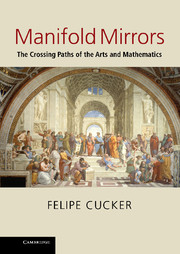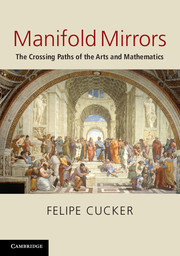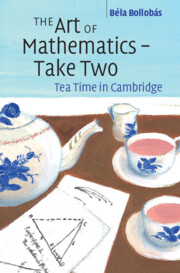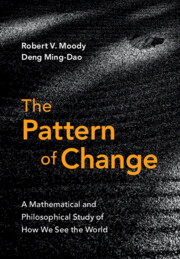Symmetry in Chaos
Symmetry suggests order and regularity whilst chaos suggests disorder and randomness. Symmetry in Chaos is an exploration of how combining the seemingly contradictory symmetry and chaos can lead to the construction of striking and beautiful images. This book is an engaging look at the interplay of art and mathematics, and between symmetry and chaos. The underlying mathematics involved in the generation of the images is described. This second edition has been updated to include the Faraday experiment, a classical experiment from fluid dynamics which illustrates that increasing the vibration amplitude of a container of liquid causes the liquid to form surface waves, instead of moving as a solid body. This second edition also includes updated methods for numerically determining the symmetry of higher dimensional analogues of the images. As well as this, it contains new and improved quality images.
- A stunning collection of mathematically generated full colour images
- Describes how a chaotic process can eventually lead to symmetric patterns
- A classic in the interdisciplinary field of art and mathematics
Reviews & endorsements
'An impressive and beautiful exploration of an impressive and beautiful area of mathematics – the interplay between order and chaos. The images are breathtaking, the mathematics fundamental. Symmetry in Chaos is an important book, a work of art, and a joy to read.' Ian Stewart, author of Why Beauty is Truth
'A classic in the interdisciplinary field of art and mathematics, this very well written book takes the ingenious idea of combining symmetry with chaos to construct stunning images that anyone can enjoy, in particular mathematicians, who can also appreciate the underlying mathematics. Beautiful art cannot be the result of just clever computer graphics. The artist must also have a keen sense of color and that intangible artistic sensibility, which is present in Symmetry in Chaos. Anyone interested in the relationship of art and mathematics should read this book.' Nat Friedman, Director, International Society of the Arts, Mathematics and Architecture
Product details
August 2009Hardback
9780898716726
213 pages
287 × 225 × 19 mm
1.06kg
This item is not supplied by Cambridge University Press in your region. Please contact Soc for Industrial & Applied Mathematics for availability.
Table of Contents
- 1. Introduction to symmetry and chaos
- 2. Planar symmetries
- 3. Patterns everywhere
- 4. Chaos and symmetry creation
- 5. Symmetric icons
- 6. Quilts
- 7. Symmetric fractals
- Appendix A. Picture parameters
- Appendix B. Icon mappings
- Appendix C. Planar lattices
- Bibliography
- Index.






